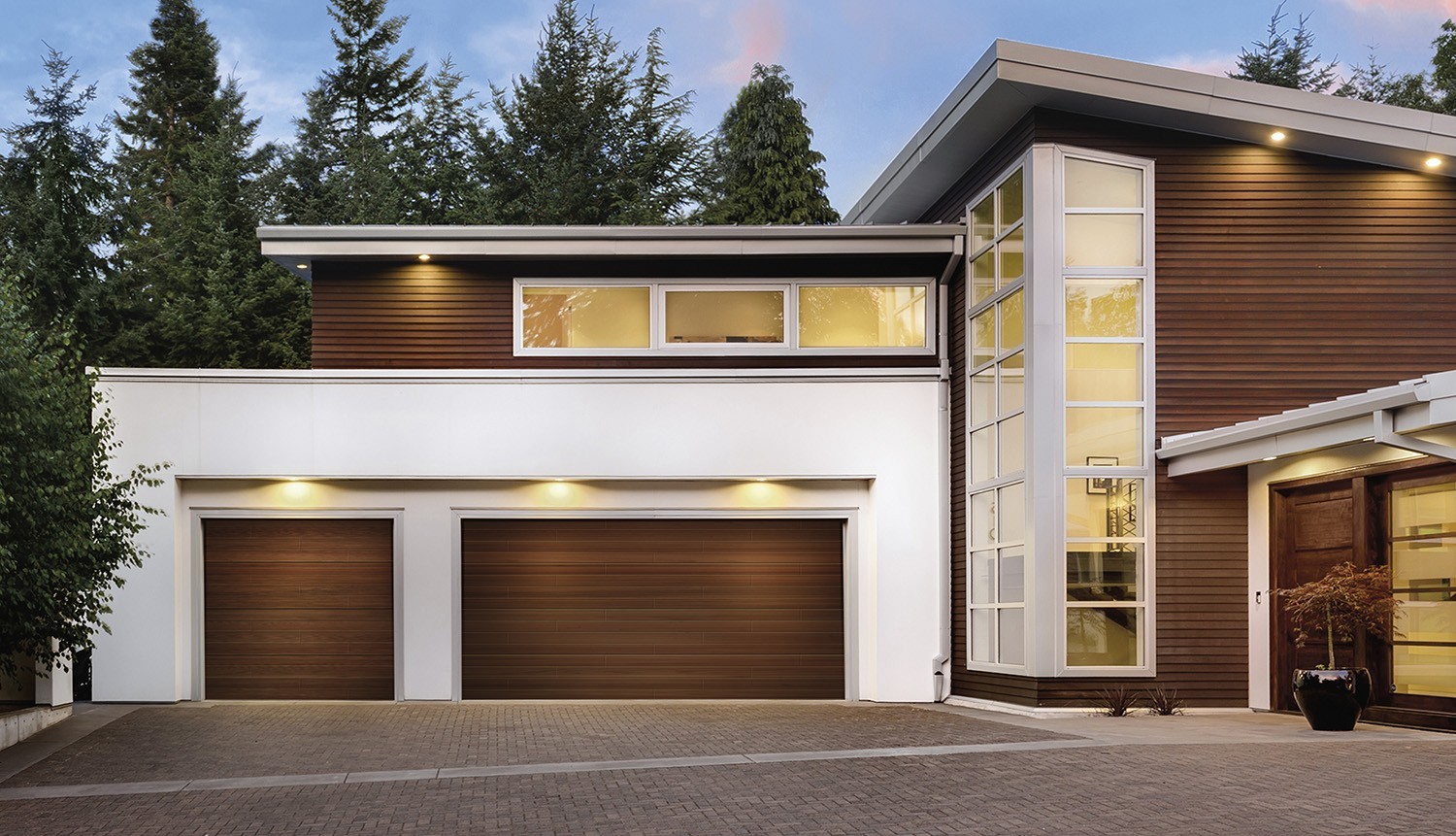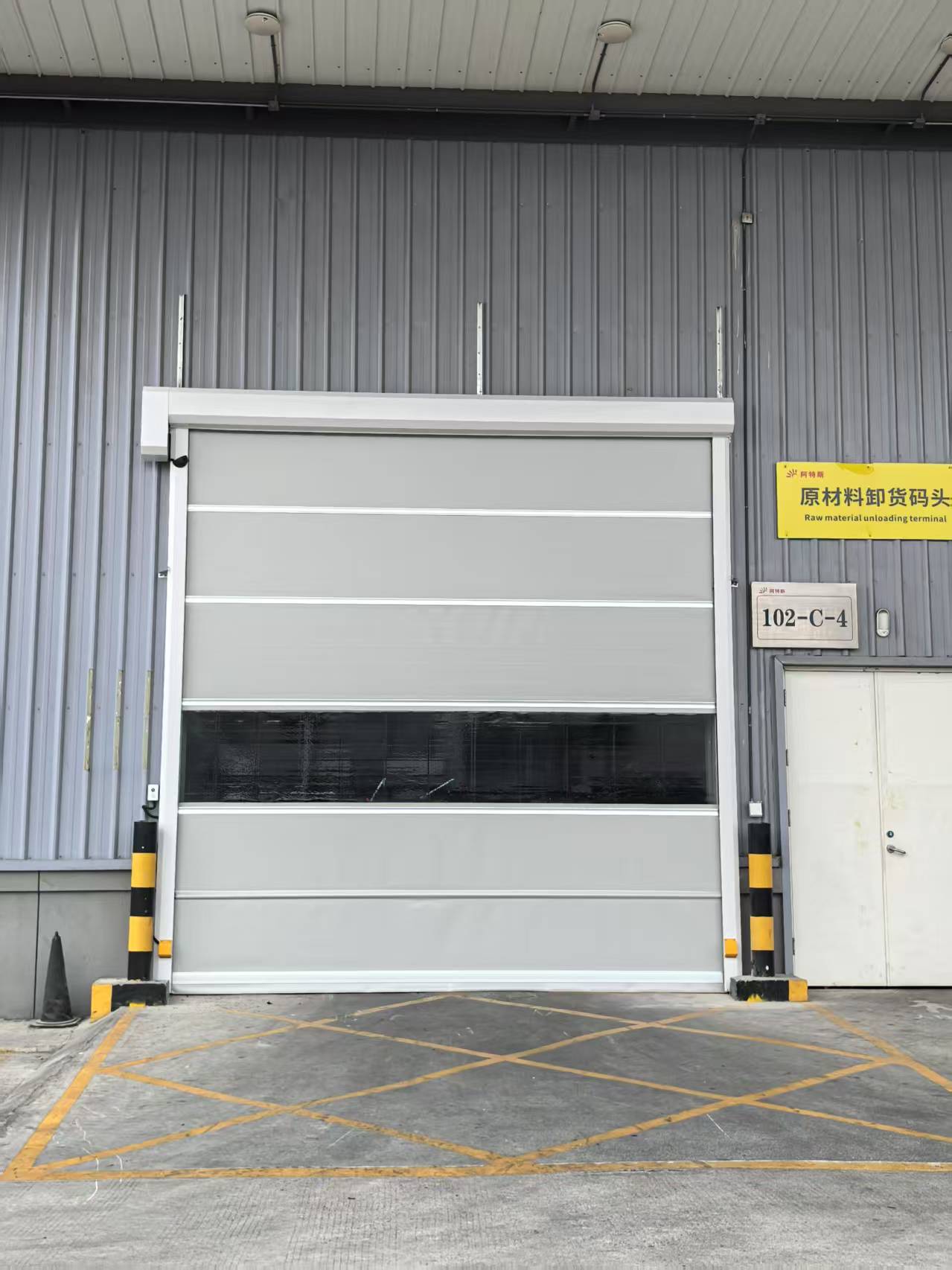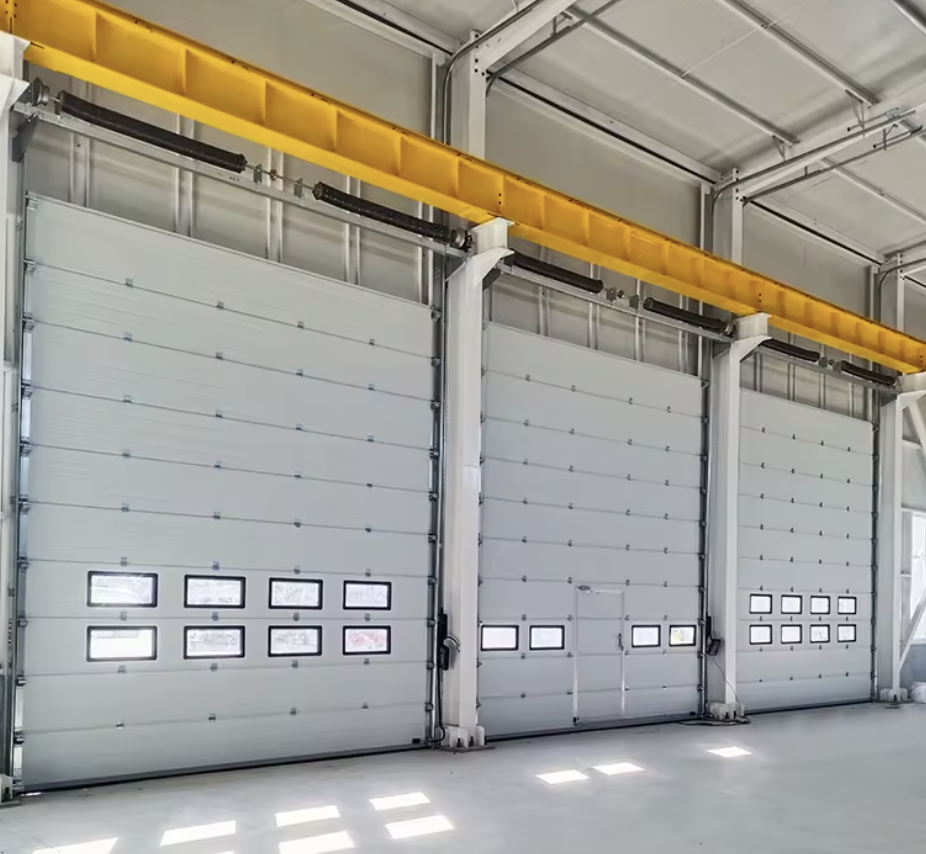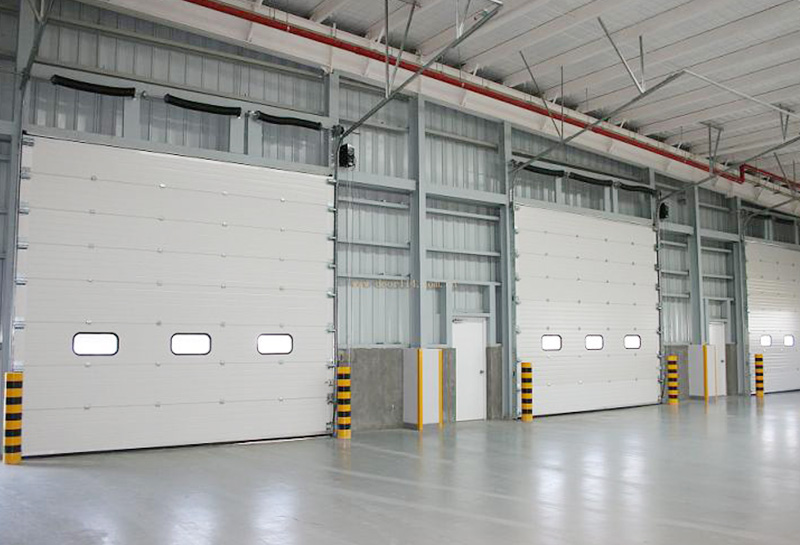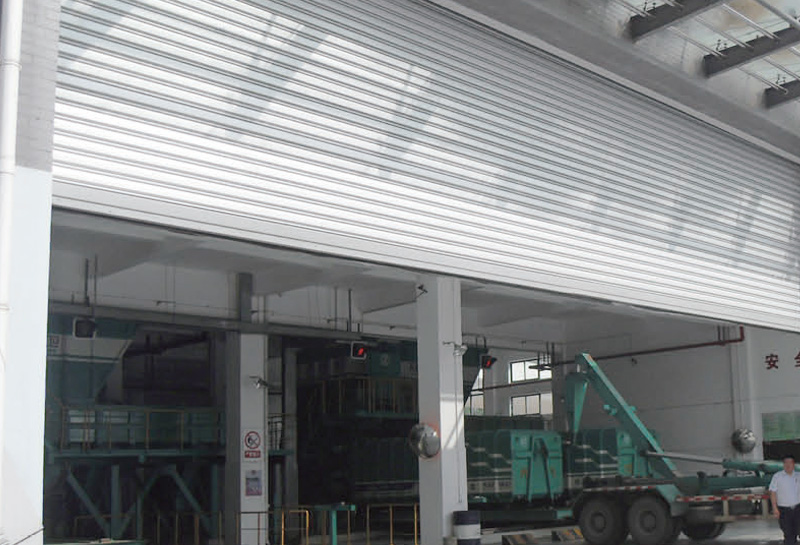Daily maintenance of garage doors is crucial to ensure their smooth operation, extend their lifespan, and enhance safety. Here's a comprehensive guide on how to carry out daily maintenance on garage doors:
1. Visual Inspection
Door Panels:
Regularly check the door panels for dents, cracks, or signs of wear and tear. Look for any loose or damaged sections that might affect the door's structural integrity.
For example, if you notice a small dent on a steel door panel, it might not be an immediate issue, but a large crack could lead to further damage and should be addressed promptly.
Windows (if applicable):
If your garage door has windows, inspect them for cracks or chips. Damaged windows can compromise the insulation and security of your garage.
Hardware:
Examine all the hardware components, such as hinges, brackets, and rollers. Look for loose screws, bolts, or nuts. Tighten them if necessary, but be careful not to over - tighten, as this could strip the threads or damage the parts.
2. Lubrication
Moving Parts:
Lubricate the moving parts of the garage door, including hinges, rollers, and tracks. Use a high - quality silicone - based or lithium - based lubricant.
For the rollers, apply a small amount of lubricant to the bearings (if they are exposed) and along the stem where the roller meets the track. This reduces friction and helps the door move more smoothly.
For hinges, apply lubricant to the pivot points. A few drops are usually sufficient.
Springs:
If you have torsion springs (the long, coiled springs above the door), do not lubricate them directly as this can attract dirt and cause premature wear. However, you can clean the area around the springs to remove any debris.
For extension springs (located on either side of the door), a light lubrication of the pulleys and the ends where they attach to the tracks can be beneficial.
3. Cleaning
Door Surface:
Clean the exterior and interior surfaces of the garage door regularly. Use a mild detergent and a soft cloth or sponge. Avoid using abrasive cleaners or harsh chemicals, as they can damage the door's finish.
For example, if you have a wooden garage door, a gentle wood cleaner can be used to maintain its appearance. For a metal door, a mixture of water and dish soap is usually sufficient.
Tracks:
Clean the tracks to remove any dirt, dust, or debris. Use a vacuum cleaner with a brush attachment to suck up loose particles, and then wipe the tracks with a damp cloth. Make sure the tracks are free of obstructions, as these can cause the door to get stuck or operate unevenly.
4. Testing Safety Features
Auto - Reverse Mechanism:
Test the auto - reverse mechanism at least once a month. Place a roll of paper towels or a small piece of wood (about 1.5 - 2 inches thick) in the path of the closing door. The door should reverse automatically when it comes into contact with the object.
If the door does not reverse, it could indicate a problem with the safety sensors or the opener's settings, and you should have it inspected by a professional.
Photoelectric Sensors:
Check the photoelectric sensors, which are usually located near the floor on either side of the door opening. Make sure they are clean and properly aligned.
You can test them by blocking the beam between the two sensors with your hand. The door should not close when the beam is interrupted. If it does, adjust the sensors or clean their lenses.
5. Checking the Balance
Manual Disengagement:
Disengage the garage door opener from the door (refer to your opener's manual for instructions on how to do this safely).
Then, manually lift the door about halfway up. A well - balanced door should stay in place when released. If the door starts to fall or rise on its own, it means the springs are out of balance.
An unbalanced door can put extra strain on the opener and increase the risk of accidents. In this case, you should call a professional to adjust the springs.
6. Weatherstripping Maintenance
Inspection:
Inspect the weatherstripping along the bottom and sides of the garage door. Look for cracks, tears, or gaps. Weatherstripping helps to seal the garage against drafts, moisture, and pests.
For example, if you notice a gap between the weatherstripping and the ground, cold air and water can enter your garage, which can affect the temperature and humidity levels inside.
Replacement:
If the weatherstripping is damaged, replace it as soon as possible. You can purchase weatherstripping at most home improvement stores, and the installation process is usually straightforward.
By following these daily maintenance steps, you can keep your garage door in good working condition, reduce the need for costly repairs, and ensure the safety of your family and property. If you encounter any complex issues or are unsure about performing a maintenance task, it is always best to consult a professional garage door technician.





